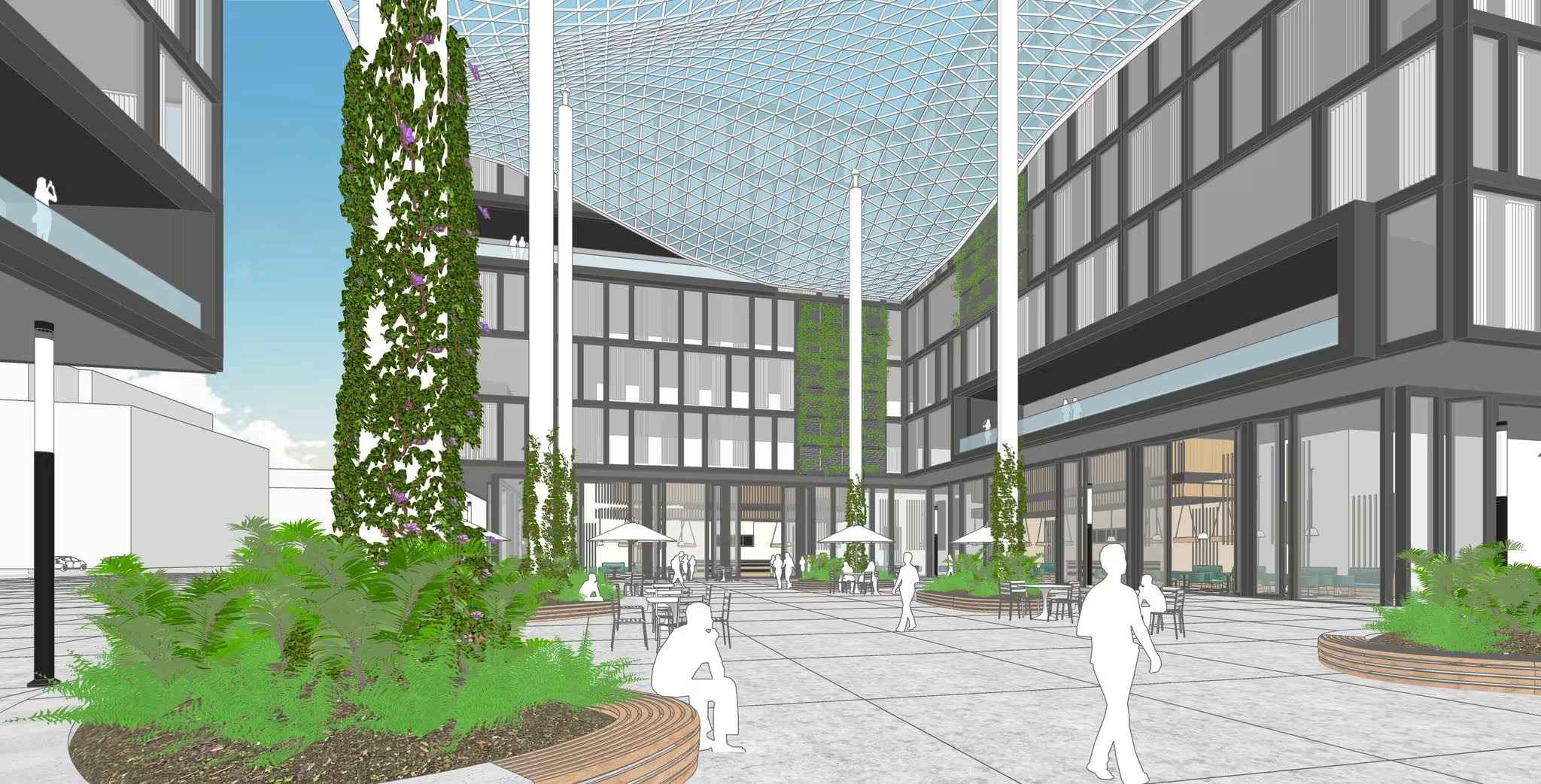تعزيز سير عمل النمذجة ثلاثية الأبعاد لديك لتقديم مشاريع أفضل بسرعة أكبر إلى العملاء. في عالم التصميم السريع
7 طرق تجعل سير عملك علي SketchUp أكثر كفاءة


تعزيز سير عمل النمذجة ثلاثية الأبعاد لديك لتقديم مشاريع أفضل بسرعة أكبر إلى العملاء. في عالم التصميم السريع